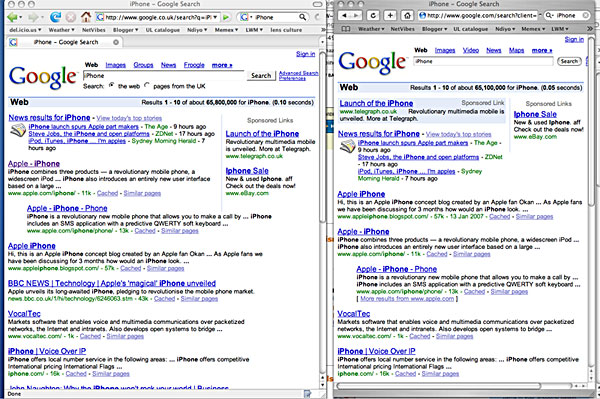From the New York Times
WASHINGTON, Jan. 12 — The senior Pentagon official in charge of military detainees suspected of terrorism said in an interview this week that he was dismayed that lawyers at many of the nation’s top firms were representing prisoners at Guantánamo Bay, Cuba, and that the firms’ corporate clients should consider ending their business ties.
The comments by Charles D. Stimson, the deputy assistant secretary of defense for detainee affairs, produced an instant torrent of anger from lawyers, legal ethics specialists and bar association officials, who said Friday that his comments were repellent and displayed an ignorance of the duties of lawyers to represent people in legal trouble.
“This is prejudicial to the administration of justice,” said Stephen Gillers, a law professor at New York University and an authority on legal ethics. “It’s possible that lawyers willing to undertake what has been long viewed as an admirable chore will decline to do so for fear of antagonizing important clients.
“We have a senior government official suggesting that representing these people somehow compromises American interests, and he even names the firms, giving a target to corporate America.”
Mr. Stimson made his remarks in an interview on Thursday with Federal News Radio, a local Washington-based station that is aimed at an audience of government employees.
The same point appeared Friday on the editorial page of The Wall Street Journal, where Robert L. Pollock, a member of the newspaper’s editorial board, cited the list of law firms and quoted an unnamed “senior U.S. official” as saying, “Corporate C.E.O.’s seeing this should ask firms to choose between lucrative retainers and representing terrorists.”
Stimson — who, incredibly, is himself a lawyer, then went on to name more than a dozen of the firms listed on the 14-page report provided [under a FOIA application], describing them as “the major law firms in this country.”
He said, “I think, quite honestly, when corporate C.E.O.’s see that those firms are representing the very terrorists who hit their bottom line back in 2001, those C.E.O.’s are going to make those law firms choose between representing terrorists or representing reputable firms, and I think that is going to have major play in the next few weeks. And we want to watch that play out.”
Karen J. Mathis, a Denver lawyer who is president of the American Bar Association, said: “Lawyers represent people in criminal cases to fulfill a core American value: the treatment of all people equally before the law. To impugn those who are doing this critical work — and doing it on a volunteer basis — is deeply offensive to members of the legal profession, and we hope to all Americans.”



